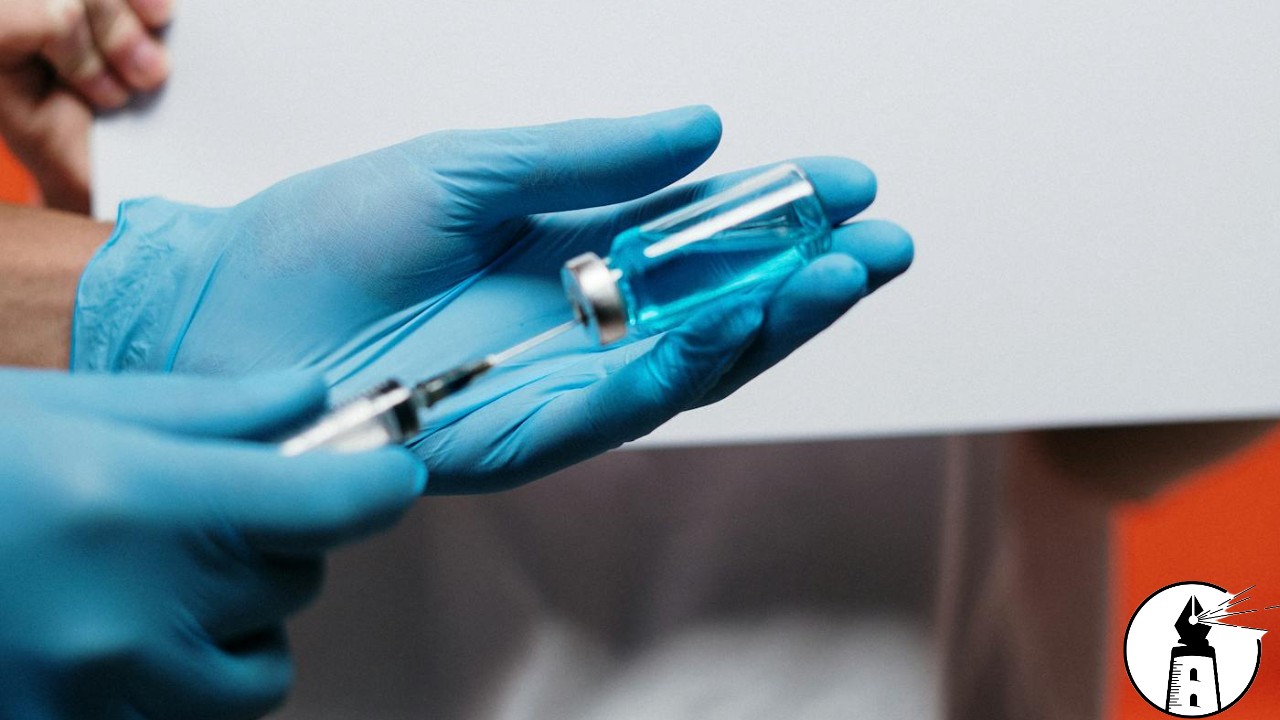As Novo Nordisk continues to dominate the pharmaceutical industry with its diabetes and obesity drugs, Ozempic and Wegovy, the company faces mounting scrutiny over its pricing strategies. While these drugs have generated nearly $50 billion in sales and are projected to reach $65 billion by the end of the year, this success raises critical questions about affordability, transparency, and the impact on the broader economy. The situation has drawn attention from both U.S. lawmakers and global analysts, as they dissect the implications of Novo Nordisk’s business model and its long-term effects on healthcare and the economy.
Profits vs. Research: A Shifting Justification for High Prices
Novo Nordisk has long defended the high prices of its blockbuster drugs by citing the substantial costs of research and development (R&D). Historically, pharmaceutical companies have justified high prices by pointing to the billions of dollars needed to develop and test new treatments, an argument that holds weight given the high failure rate of experimental drugs. However, as Bloomberg recently revealed, the cumulative sales of Ozempic and Wegovy are now on track to surpass Novo Nordisk’s total research spending over the last three decades. With $65 billion in projected sales by the end of the year, the pair of drugs is set to eclipse the $68 billion that the company has spent on all research since the mid-1990s.
Critics like Sen. Bernie Sanders, who recently grilled Novo Nordisk CEO Lars Fruergaard Jørgensen during a Senate hearing, argue that this reality undercuts the traditional justification for high drug prices. Sanders pointed out that Ozempic could be profitably produced for less than $100 per month, compared to the current list price of $968.52. A study cited by Sanders even suggested the drug could be made for as little as $5 per month.
Novo Nordisk, however, disputes these claims, stating it has spent more than $10 billion developing Ozempic and similar drugs over three decades. The company also points to ongoing investments, including more than $30 billion earmarked for expanding manufacturing capacity. The debate illustrates the tension between drug companies’ need for profit and the pressing issue of affordability in a healthcare system increasingly burdened by high out-of-pocket costs for patients.
The Role of Pharmacy Benefit Managers (PBMs) and Rebates
One of the central issues complicating the pricing debate is the role of pharmacy benefit managers (PBMs), who act as middlemen in the drug supply chain, negotiating prices between manufacturers and insurance companies. At the Senate hearing, Jørgensen emphasized that Novo Nordisk is forced to pay substantial rebates to PBMs to ensure its drugs are included in insurance formularies. According to Jørgensen, for every dollar the company earns, 74 cents are paid to PBMs and insurers, leaving Novo Nordisk with a fraction of the list price.
PBMs have become a focal point for lawmakers like Sen. Tim Kaine, who criticized the lack of accountability for these middlemen, despite their significant impact on drug prices. Sanders has secured commitments from major PBMs, including UnitedHealth’s Optum Rx and CVS Health’s Caremark, to keep Ozempic and Wegovy on their formularies if Novo Nordisk lowers the list prices. However, it remains unclear whether Jørgensen and Novo Nordisk will follow through on substantial price reductions.
This complex dynamic, where higher list prices lead to larger rebates for PBMs, creates a cycle that ultimately impacts consumers, particularly those with high-deductible insurance plans or no coverage at all. As the pharmaceutical arms race continues, patients are often left bearing the brunt of skyrocketing costs.
Global Disparities and Novo Nordisk’s Economic Influence
While U.S. patients struggle with high prices, the situation is markedly different in other parts of the world. A Senate report revealed that Americans pay around $1,349 per month for Wegovy, while the same drug costs as little as $92 a month in the United Kingdom and $140 in Germany. The disparity between U.S. prices and those abroad has fueled anger and confusion, with critics questioning why Americans are paying so much more for identical treatments.
At the same time, Novo Nordisk’s meteoric rise has significantly boosted Denmark’s economy. The company is now valued at $570 billion, surpassing Denmark’s entire GDP and making it the most valuable company in Europe. In 2023, the pharmaceutical sector was responsible for much of Denmark’s economic growth, with Novo Nordisk at the forefront. The country’s GDP grew by 1.8%, and without the pharmaceutical industry’s contribution, it would have shrunk by 0.1%. Looking ahead to 2024, Denmark’s GDP is projected to grow by 2.1%, again primarily driven by Novo Nordisk.
Despite the similarities to Finland’s former reliance on Nokia, Denmark’s Prime Minister Mette Frederiksen has downplayed concerns that the country’s economy is overly dependent on Novo Nordisk. She emphasized the country’s diverse export portfolio, which she believes will mitigate any potential economic risks posed by the pharmaceutical giant’s dominance. Nevertheless, the parallels to Nokia, once a global leader that later faced a dramatic downturn, remain a cautionary tale for those watching Denmark’s economic trajectory.
The Future of Drug Pricing and Healthcare
As Novo Nordisk continues to benefit from the surging demand for its drugs, the company faces increasing pressure to balance profitability with affordability. The upcoming Medicare price negotiations and growing scrutiny from lawmakers like Sanders may compel Novo Nordisk to rethink its pricing strategy, especially if public outrage over healthcare costs continues to grow.
At the heart of this debate is a larger issue: the sustainability of a healthcare system where life-saving medications are often out of reach for those who need them most. As the pharmaceutical industry grapples with these challenges, Novo Nordisk’s handling of Ozempic and Wegovy could serve as a bellwether for the future of drug pricing in the U.S. and beyond. For now, the company remains caught between the demands of its investors, the expectations of its customers, and the ethical imperative to make healthcare more accessible for all.
—By Greg Collier



